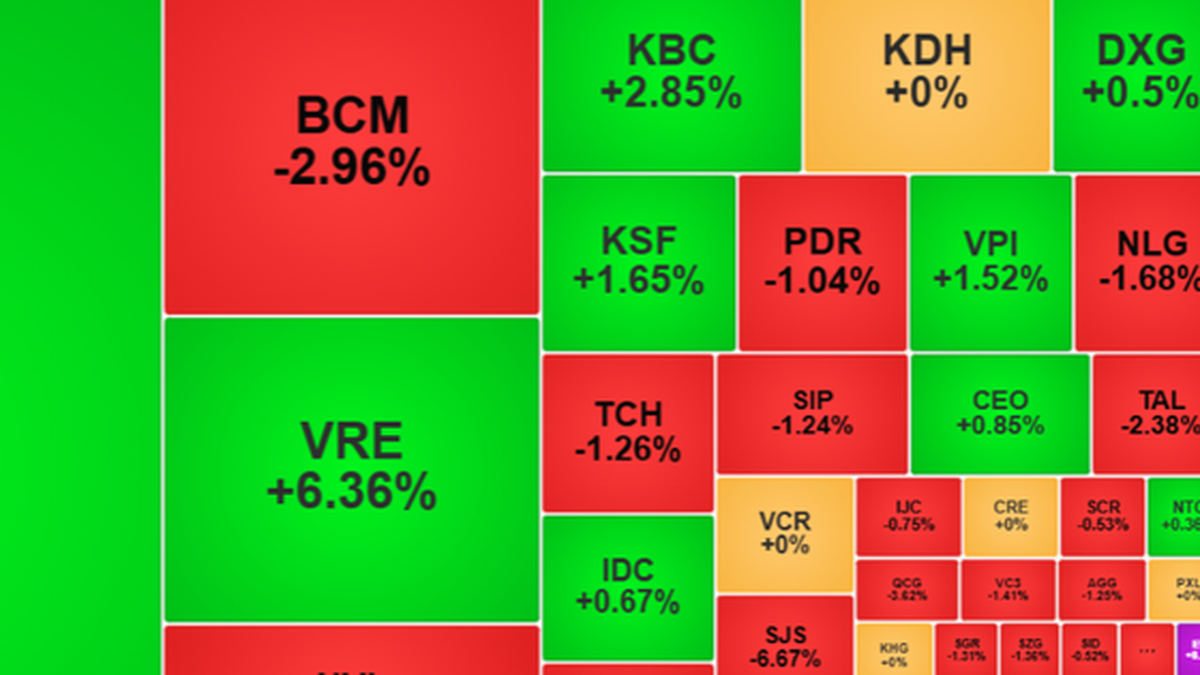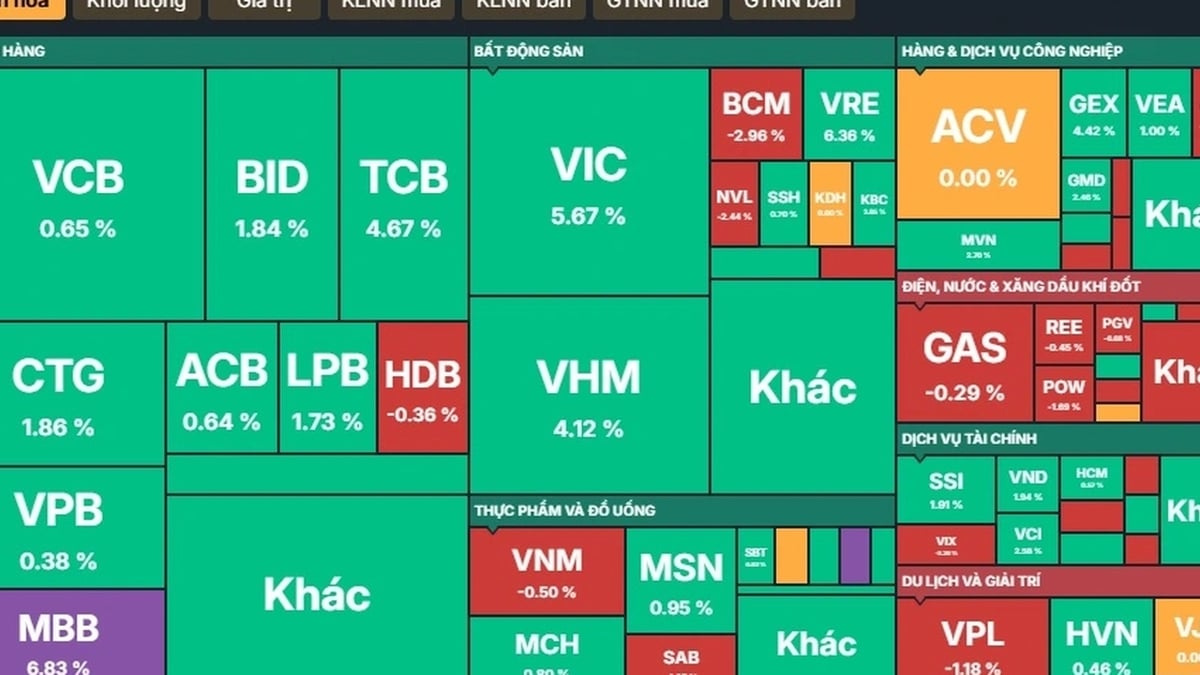 |
| Gold bars at the Central Bank of the Czech Republic in Prague. Photo: AFP/TTXVN |
The historic rally from March to April 2024 was an unusual example of physical gold demand from China pushing the market higher, said Tsutomu Kosuge, president of Tokyo-based commodities research firm Marketedge.
On the New York market, gold futures prices fluctuated between 2,300 - 2,350 USD/ounce, up more than 10% compared to the closing price of 2,054.70 USD/ounce at the end of February 2024.
Gold futures hit a record high for eight consecutive trading sessions in early April 2024, at one point hitting $2,448.80 an ounce.
Gold exchange-traded funds (ETFs) saw a total of more than 113 tonnes of outflows in the first quarter of 2024, according to the World Gold Council (WGC). Gold ETFs typically attract speculative funds from Western investors. However, as long-term interest rates in the US have risen, investors appear to have pulled out of gold.
However, gold prices continued to rise, leading to market speculation about the identity of the mysterious buyers.
According to the WGC, China's demand for gold bars and bullion rose 68% year-on-year to 110.5 tonnes in the first quarter of 2024. Demand from retail investors drove buying on the Shanghai Gold Exchange (SGE), while traders buying for storage and selling on the SGE also pushed up gold prices, according to a market observer.
Market analyst Jeff Toshima said money is pouring into gold after losing other investment channels due to the real estate market crash and restrictions imposed on crypto assets and assets traded in USD.
The spot price of gold in China has exceeded the international benchmark price in the London market since June 2023. As of April 1, the difference was up to $85.60/ounce. However, gold is still being bought in China despite being overvalued compared to other markets.
Chinese retail investors are buying gold to “protect their wealth amid concerns about the devaluation of their local currency,” said Takahiro Morita, chief executive officer of commodities tracker Morita & Associates. This could turn into a long-term trend.
The strong appreciation of the US dollar is causing central banks around the world, especially China, to increase their purchases of gold reserves.
In addition to economic uncertainty that has Chinese people rushing to buy gold as a safe haven, the rise in the value of the greenback is also an important reason. The strong dollar makes imports from developing countries like China more expensive.
The People's Bank of China (PBoC, or central bank) bought 60,000 ounces of gold in April 2024, marking the 18th consecutive month of adding to its reserves. The dollar index, which measures the value of the greenback against a basket of six other currencies, has risen 4% this year and 10% since the start of 2022. The yuan has fallen 1.6% against the dollar so far this year.
According to the WGC, China, Türkiye and India are among the countries that are actively buying gold. The WGC said that in the first quarter of 2024, central banks around the world bought a total of 290 tons of gold. This is the highest net purchase level ever.
This trend is expected to continue, especially for central banks in emerging markets. In addition to asset diversification, reducing dependence on the US dollar is also a political motivation for some countries.
Analysts worry that the strength of the US dollar could affect its role as a reserve currency.
Spot gold is currently trading at around $2,330 an ounce, down from a record high above $2,400 an ounce in April 2024.
Source


































































































Comment (0)